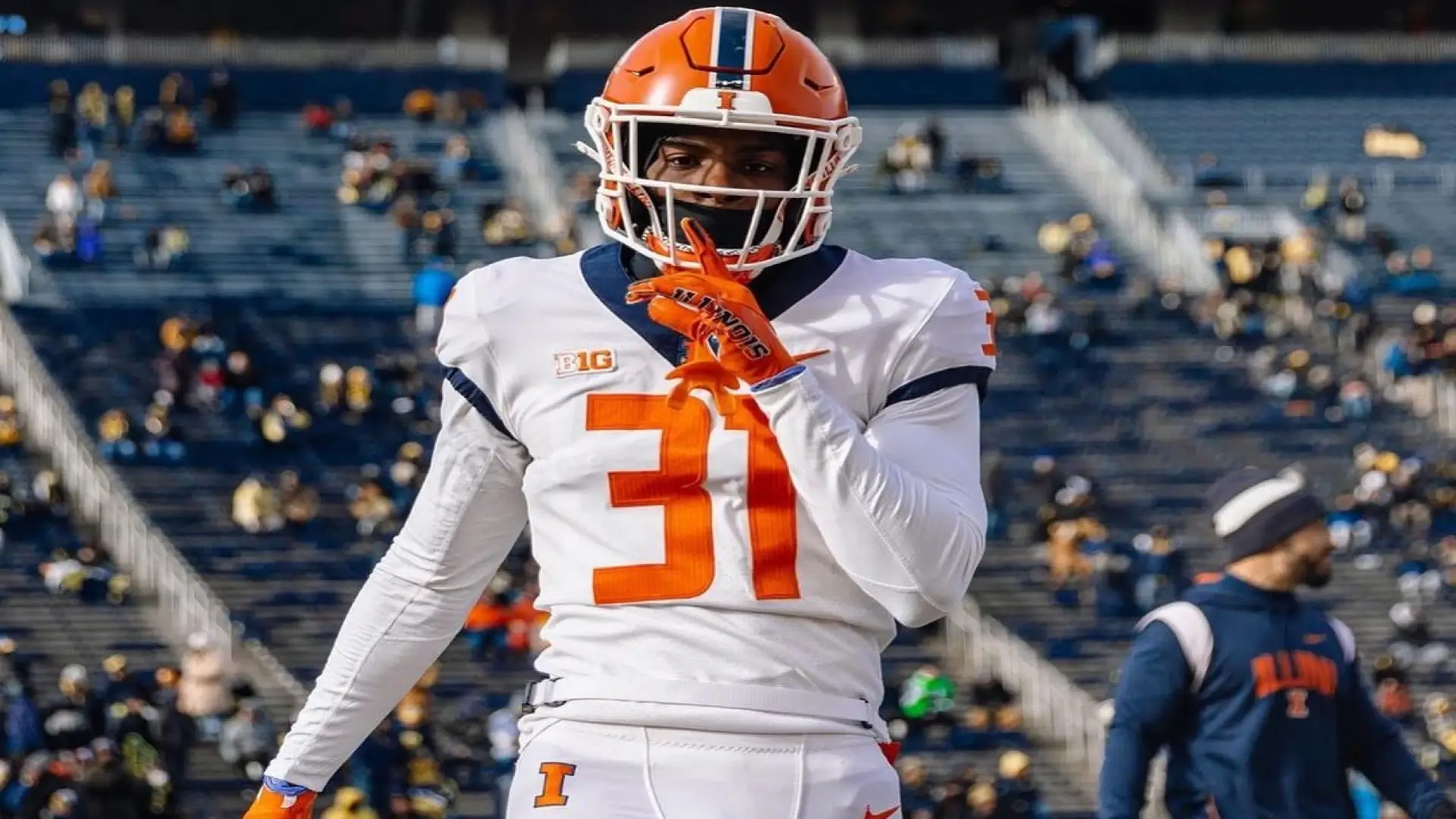A fullback is amongst the eleven offensive players on the field during an American Football game. Fullbacks are primarily offensive blockers, but they can also run and receive the ball on certain occasions.
Because fullbacks are similar in size to tight ends, they have distinct responsibilities to play on offense depending on the gameplay. Read on to explore the complete roles and facts about the fullback position in American football.
What are the Roles of a Fullback in American Football?
Before the snap, a fullback usually sets up near the quarterback in the backfield. Their major function is to act as a blocker for the offense during a passing or running play.
On rare occasions, a fullback will run with the ball in a short-yardage situation, such as a third-and-one or a goal-line play.
Fullbacks will occasionally grab a pass from the quarterback in short-yardage situations. While catching the pass, they may also block defenders and run with the ball.
A fullback screen pass is a viable option for a quarterback since the fullback’s stature helps him to break tackles, which compensates for his lack of speed.
What’s the Difference Between a Fullback and a Halfback on the Football Field?
While both a fullback and a halfback are running backs who line up behind the offensive line’s center, their jobs are distinct.
Fullbacks are more likely to block defensive players than to run the ball themselves. This act is the polar opposite of a halfback’s approach.
It is usually during a third and short play or on the goal line that the offense football team requests them to be a ball carrier for a running play.
The fullback’s size and strength allow him to break tackles and gain a first down and touchdown, compensating for his lack of speed.
On some plays, the fullback can catch the ball, but their hands aren’t as good as those of a running back, tight end, or wide receiver. If the team simply needs a yard or two to extend the drive, a screen pass to a fullback is a viable choice.
Instead of juking the defense for a significant gain in yards, the fullback player in this scenario must muscle his way forward to get his team the first down.
Is Fullback a Difficult Position to Play?
It is indeed difficult to play the fullback position in a college or the NFL game. In most plays, the fullback is expected to keep defenders from getting to the quarterback because he is bigger and stronger than the halfback.
Even if they don’t have the football, the fullback must run on running plays. During a handoff to the running back, for example, the fullback must sprint into the line of scrimmage and block the first defender they come across.
They must stay on their feet and create a channel for the running back to go through to get positive yards when running into the line of scrimmage.
Finally, the fullback will be required to sprint and catch the ball occasionally. To get a first down or a score, college football and NFL teams may urge the fullback to smash the line on a run play or grab a fast pass from a quarterback.
All these roles are quite difficult to keep up with during the game. Hence, it isn’t easy to play in the fullback position.
What Qualifies a Football Fullback?
A good fullback is a big, strong player who can catch and run with a football on different occasions. Unlike a halfback who seeks to get enormous yards while avoiding tackles, the fullback should crash into defenders for short-yard gains.
Aside from rushing with the ball, the fullback should be able to read the game and anticipate the best technical way to enact blockage on the majority of offensive plays.
What is the Average Height and Weight of a Player in the Fullback Position?
According to Uidaho.edu, an NFL fullback’s average height is six feet, which is around 1-2 inches taller than a halfback’s.
The average weight of a fullback in football is around 250 pounds, while the average weight of a running back is around 214 pounds. A tight end, like a fullback, is 6 feet 3 inches tall and weighs 254 pounds.
Are Fullbacks Allowed to Play on Special Teams?
Some teams will use fullback players on special teams because of their size and weight. Occasionally, the fullback will play on the receiving end of a kick or punt return to assist keep back players attempting to catch up to the returner as they run with the ball.
Are there any fullbacks in the Hall of Fame of the NFL?
Yes, there are a good number of excellent fullback players in the NFL hall of fame. They include; Jim Brown, Larry Csonka, John Henry Johnson, Marion Motley, and Joe Perry.
What is the meaning of the term “fullback”?
The term “fullback” refers to the offensive position in which this player lines up. On a play, the fullback stands directly behind the quarterback in a standard offensive line formation.
EndNote on What is a Fullback in Football?
In a nutshell, a fullback is one of the eleven offensive players on the field at any given time during a game. While fullbacks are technically running backs, they are mostly used to block defenders on most plays.
NFL teams will occasionally use a fullback to run in short-yardage situations, such as on the goal line, although they are primarily used as blockers on plays.
More Interesting Football Facts:
1. What is a Long Snapper in Football?
2. What is a Quarterback in Football?
3. What is a Wide Receiver in Football?
4. What is a Running Back in Football?





